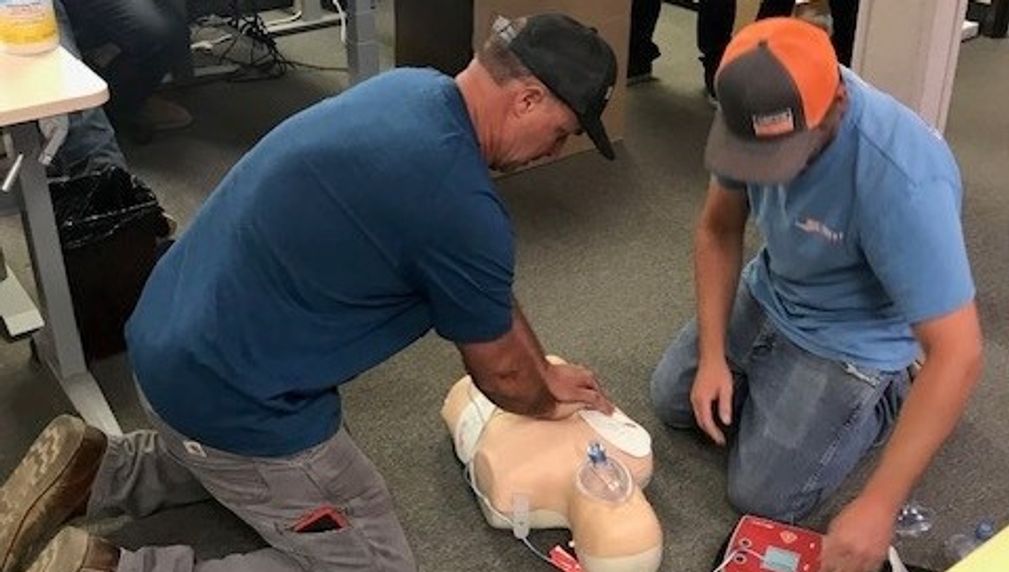Safe Spaces LA – Healthy Homes Protect Families
Safe Spaces LA – Healthy Homes Protect Families is an initiative that strengthens housing security by ensuring shelters and affordable housing units are safe, healthy, and resilient. Through on-site environmental inspections, safety trainings, and youth-led outreach, the program protects families—especially those facing displacement, poverty, or wildfire recovery—from preventable health and safety risks in the places they call home. By addressing the root causes of housing-related harm, we help families not just stay housed, but thrive safely.

What is the primary issue area that your application will impact?
Affordable housing and homelessness
In which areas of Los Angeles will you be directly working?
South LA
In what stage of innovation is this project, program, or initiative?
Pilot or new project, program, or initiative (testing or implementing a new idea)
What is your understanding of the issue that you are seeking to address?
Los Angeles faces a dual crisis of housing instability and unsafe living conditions. Many families in affordable housing, shelters, or transitional spaces live with hazards like mold, poor ventilation, lead, or fire risks—issues that quietly threaten their health, safety, and long-term stability. These dangers often go unaddressed due to lack of awareness, limited resources, or fear of retaliation. Without safe, healthy living environments—and the knowledge to identify or report risks—families remain vulnerable to illness, injury, and displacement. Safe Spaces LA addresses this gap by delivering safety inspections, training, and tools directly to where families live, ensuring that housing isn’t just available—but protective, dignified, and sustainable.
Describe the project, program, or initiative this grant will support to address the issue.
Safe Spaces LA – Healthy Homes Protect Families is a preventive health and housing safety initiative focused on improving living conditions for families in Los Angeles’ affordable housing and shelter systems. This program will provide free environmental health and safety inspections to identify hazards like mold, poor ventilation, fire risks, and post-wildfire contamination in shelters, transitional housing, and multi-family units that serve low-income or unhoused families.
In tandem with inspections, Safety InColor will lead on-site safety trainings for tenants, families, and housing providers covering emergency preparedness, habitability rights, fire safety, and indoor air health. The program will also distribute free safety kits (e.g., smoke detectors, first aid supplies, N95 masks) and engage youth volunteers in community safety education efforts.
By addressing overlooked safety risks, this initiative helps ensure families remain not just housed—but safe, empowered, and protected in the places they call home.
Describe how Los Angeles County will be different if your work is successful.
Through our success, Los Angeles County will be a place where housing is not only more accessible—but measurably safer for the families who rely on it. Shelters, transitional housing, and affordable units will be equipped to prevent common health and safety hazards, and residents will feel empowered to advocate for the conditions they deserve. Families impacted by poverty, displacement, or environmental crises like wildfires will no longer face silent dangers like mold, poor air quality, or fire risk in the places meant to protect them.
Our initiative will also shift how community safety is defined—broadening it to include environmental health, tenant rights, and disaster preparedness as core components. Through trained staff, educated tenants, and youth leadership, we will build lasting safety infrastructure in the neighborhoods most often left out of prevention efforts. LA County will be healthier, more equitable, and more resilient—one home, one family, one community at a time.
Approximately how many people will be impacted by this project, program, or initiative?
Direct Impact: 400
Indirect Impact: 1,000